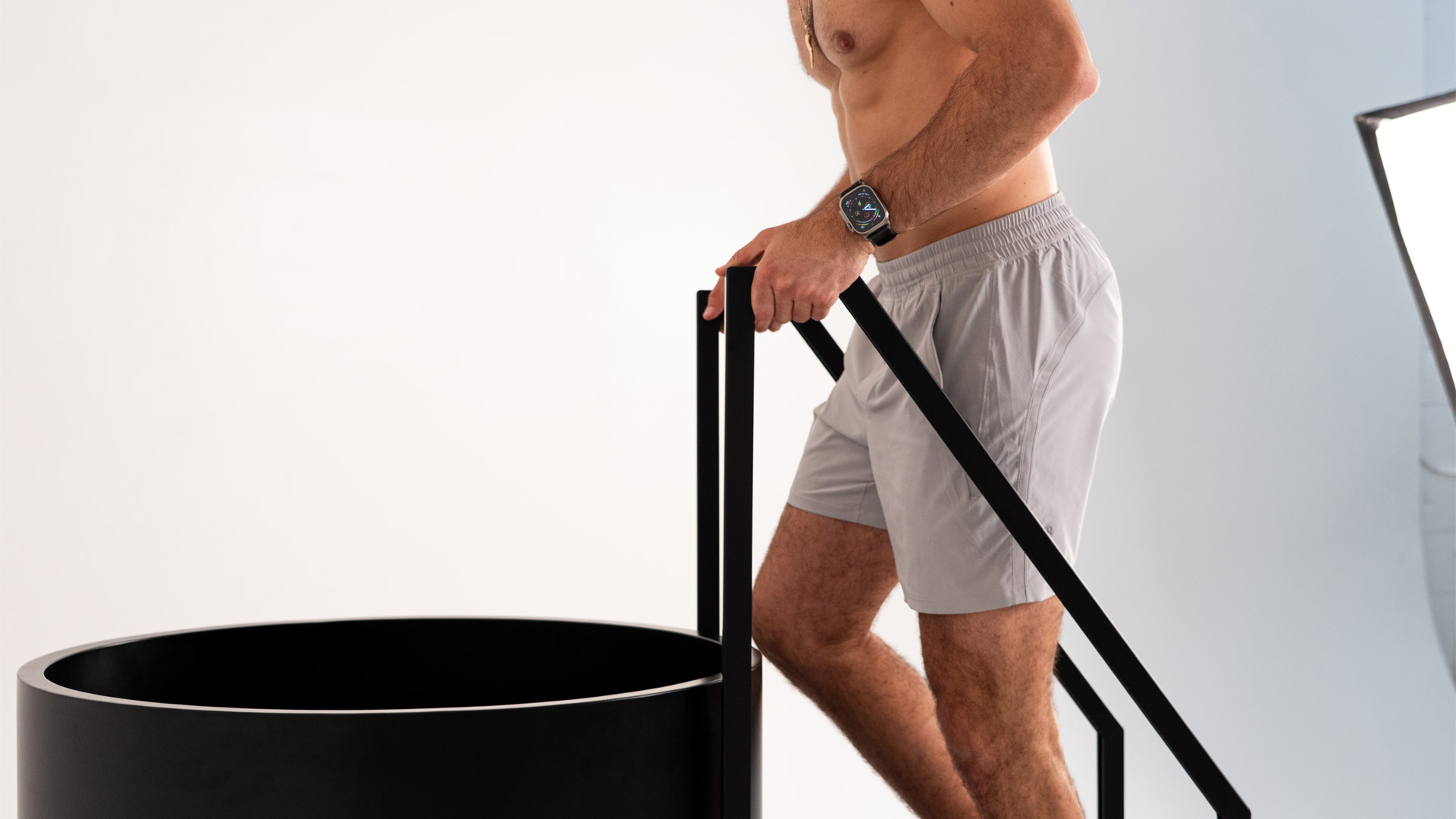All Categories

Women start losing three to five percent of their muscle mass per decade after 30; if nothing changes, that rate picks up sharply post-menopause. The problem isn’t just physical, it’s also metabolic, hormonal, and logistical. Strength drops. Fat gain speeds up. Time becomes a factor. Sprint interval training (SIT) gives coaches a high-leverage way to slow this decline, and in some cases, reverse it.
Sprint intervals are short, intense bursts of effort with full recovery in between. Unlike long cardio or steady HIIT, these workouts take less time, burn more fat, and build back muscle that’s been breaking down for years.
By age 80, people lose up to 50 percent of their muscle mass without intervention. What accelerates this loss? Estrogen dips, growth hormone declines, and fast-twitch fibers shrink fast.
Fast-twitch fibers allow you to sprint, jump, and recover quickly. They’re also the fibers that give muscle its shape and density. And, they don’t stick around unless you give them a reason.
As you age, your stride length drops. Ground contact time increases. Power output takes a hit. In short, muscle slows down, and so does everything else.
But speed decline isn’t fixed. With the correct type of training, fast-twitch fibers can stay active well into your 60s, 70s, and beyond.
Sprint intervals generate a level of intensity most workouts don’t touch, and that kind of intensity drives adaptation. In a study out of Australia, 40 postmenopausal women did eight-second sprints on a bike with 12 seconds of low-intensity pedaling, three times per week.
In eight weeks, participants gained 1.5 pounds of muscle in their legs and trunk, dropped 0.8 pounds of fat, and improved their aerobic fitness by 12 percent. Their total weekly exercise time was just one hour. With resistance training, those gains typically take months. Sprint intervals condensed the timeline.
What’s happening? Sprinting triggers protein synthesis in the legs and trunk. It forces the body to release growth hormone, even in women over 50. It activates the same pathways as strength training, but at a faster rate.
This matters for women who don’t have time to lift four days a week or don’t tolerate heavy weights well. Sprint intervals are a strategy, not a shortcut.
What does science say about SIT and HIIT? In a meta-analysis of over 70 studies, sprint interval training outperformed both HIIT and moderate cardio for fat loss.
Here’s the breakdown:
In short: less time, better outcomes.
HIIT pushes people to 80–90 percent intensity for longer bursts. SIT is different. It hits 100 percent for 20 to 30 seconds. The work is harder, but the payoff is faster. For clients juggling menopause, work, and limited time, that distinction matters.
Start with the standard protocol:
The work-to-rest ratio should be 1:5 or more. Sprinting is taxing, and clients need full recovery to repeat max effort safely and effectively. This isn’t about conditioning but using your fast-twitch fibers and GH release.
Use a stationary bike, an incline treadmill, or flat ground. Limit joint stress. Remember, the goal is output, not fatigue.
Progress by adding one sprint, shortening rest, or adding resistance every two to three weeks. Pull back if clients show up sore or can’t hit their usual output. Focus on quality over volume.
Time works against muscle mass, but sprint intervals work faster. The research showcases how these short, powerful bursts activate dormant fast-twitch fibers and trigger growth hormone release even decades after menopause begins. Women who incorporate this training see visible changes in body composition within weeks rather than months.
Coaches armed with sprint interval protocols offer clients a practical pathway to reclaim strength and metabolic health. These workouts deliver remarkable results in minimal time, which makes them especially valuable for women balancing multiple responsibilities. Sprint intervals represent a targeted solution to age-related muscle loss that creates measurable progress with sustainable effort.
About Robert James Rivera
Robert is a full-time freelance writer and editor specializing in the health niche and its ever-expanding sub-niches. As a food and nutrition scientist, he knows where to find the resources necessary to verify health claims.
Powering the Business of Health, Fitness, and Wellness Coaching

By Elisa Edelstein

By Jessica Maurer

By Robert James Rivera

By Robert James Rivera

By Elisa Edelstein

By Elisa Edelstein

Powering the Business of Health, Fitness, and Wellness Coaching
